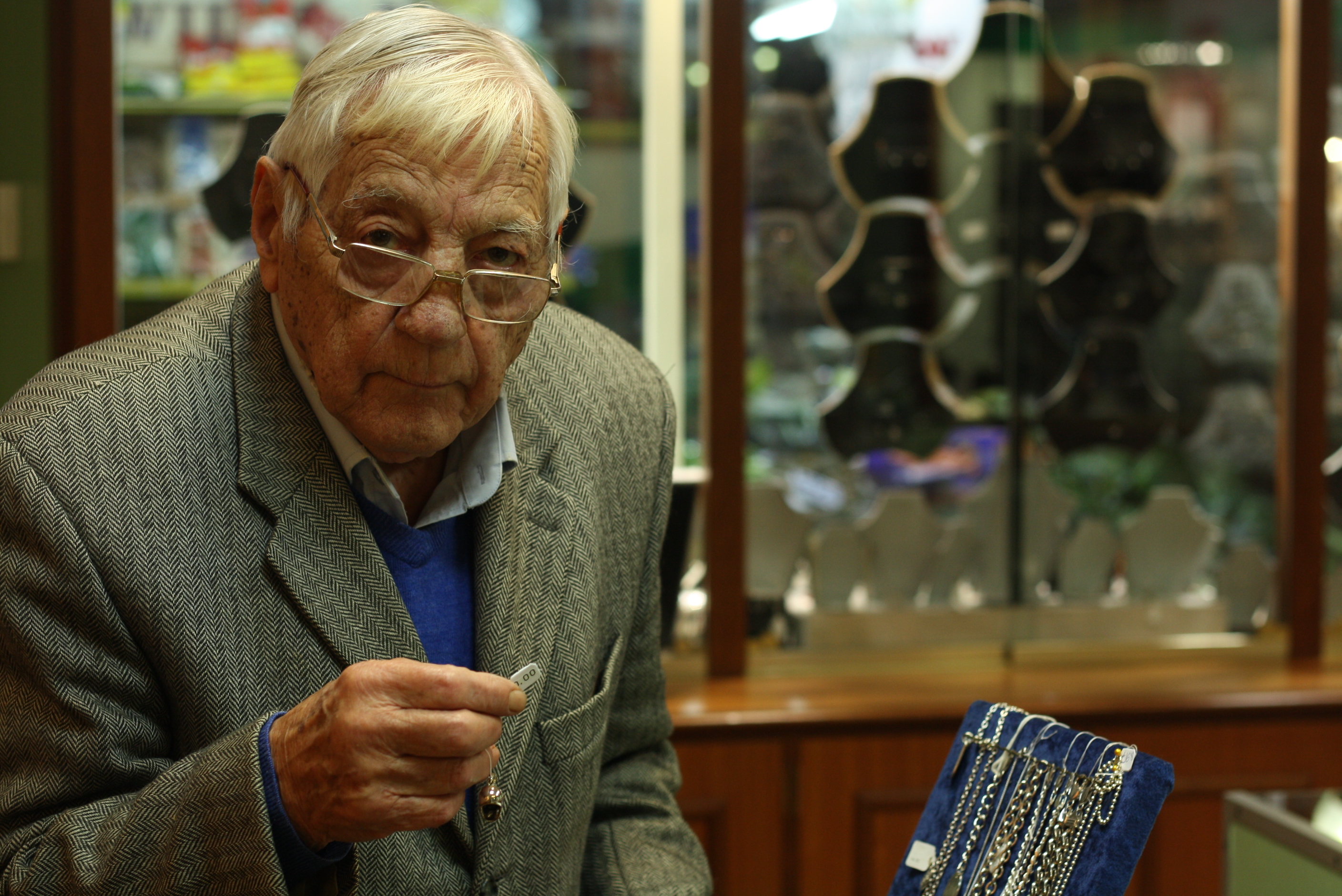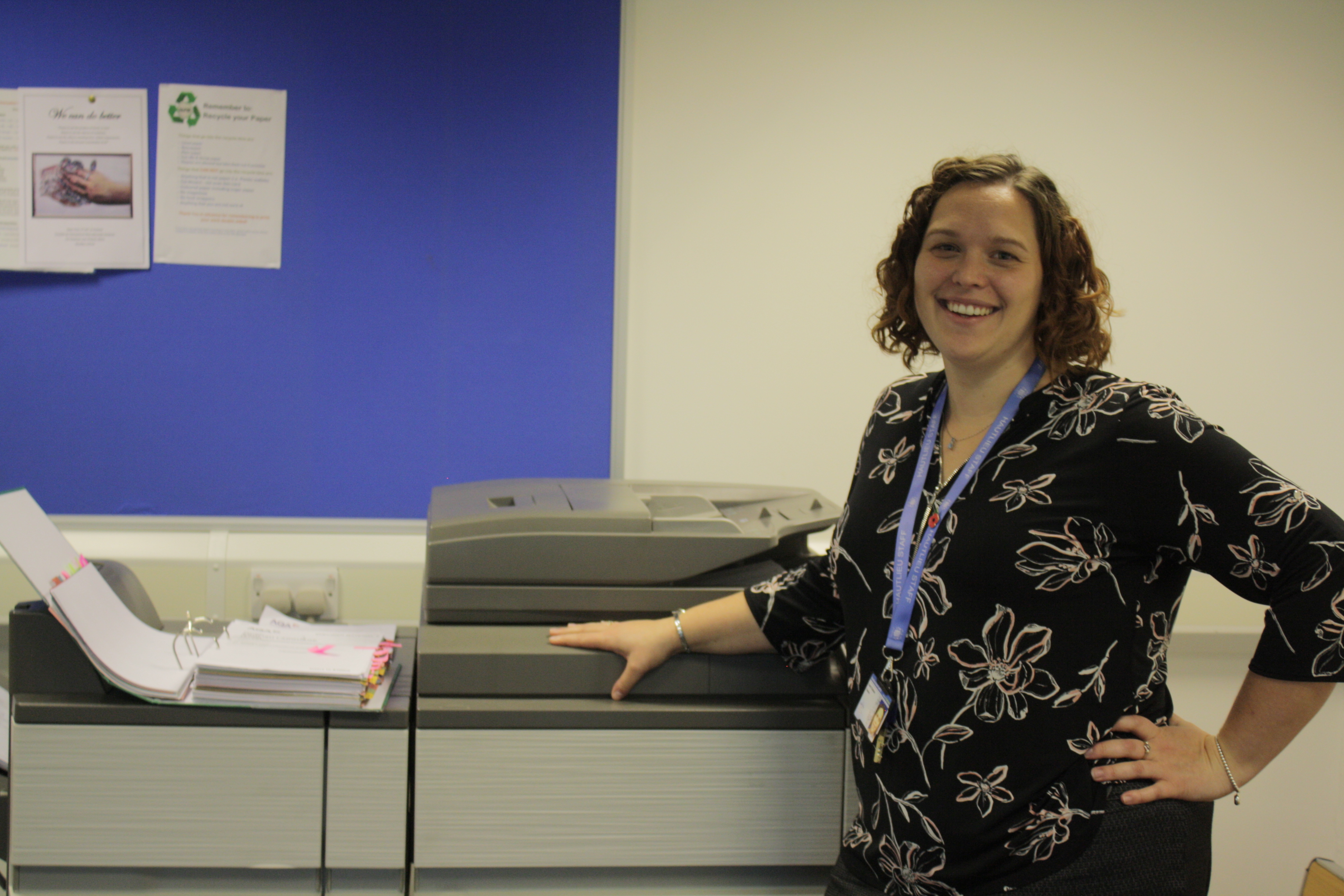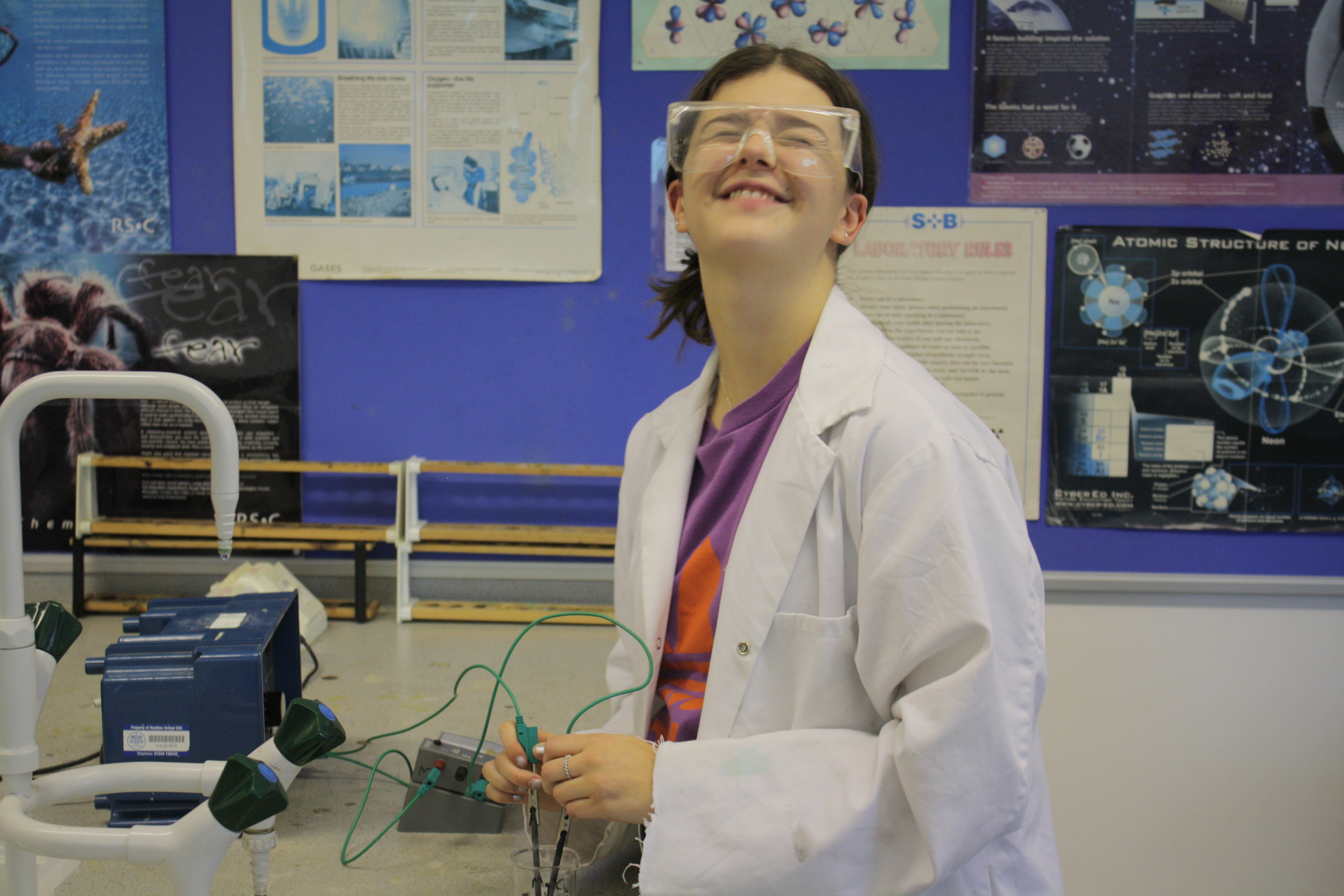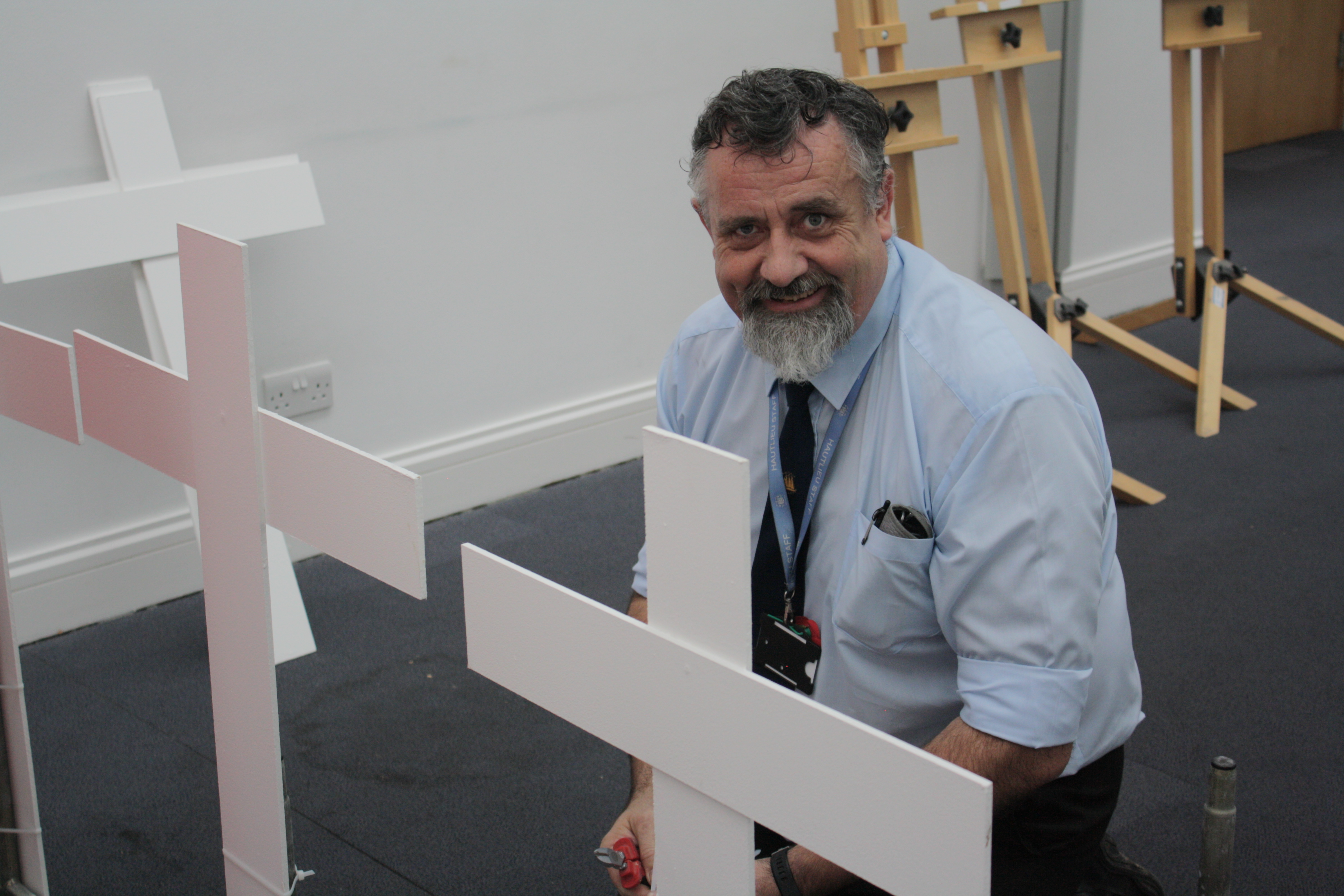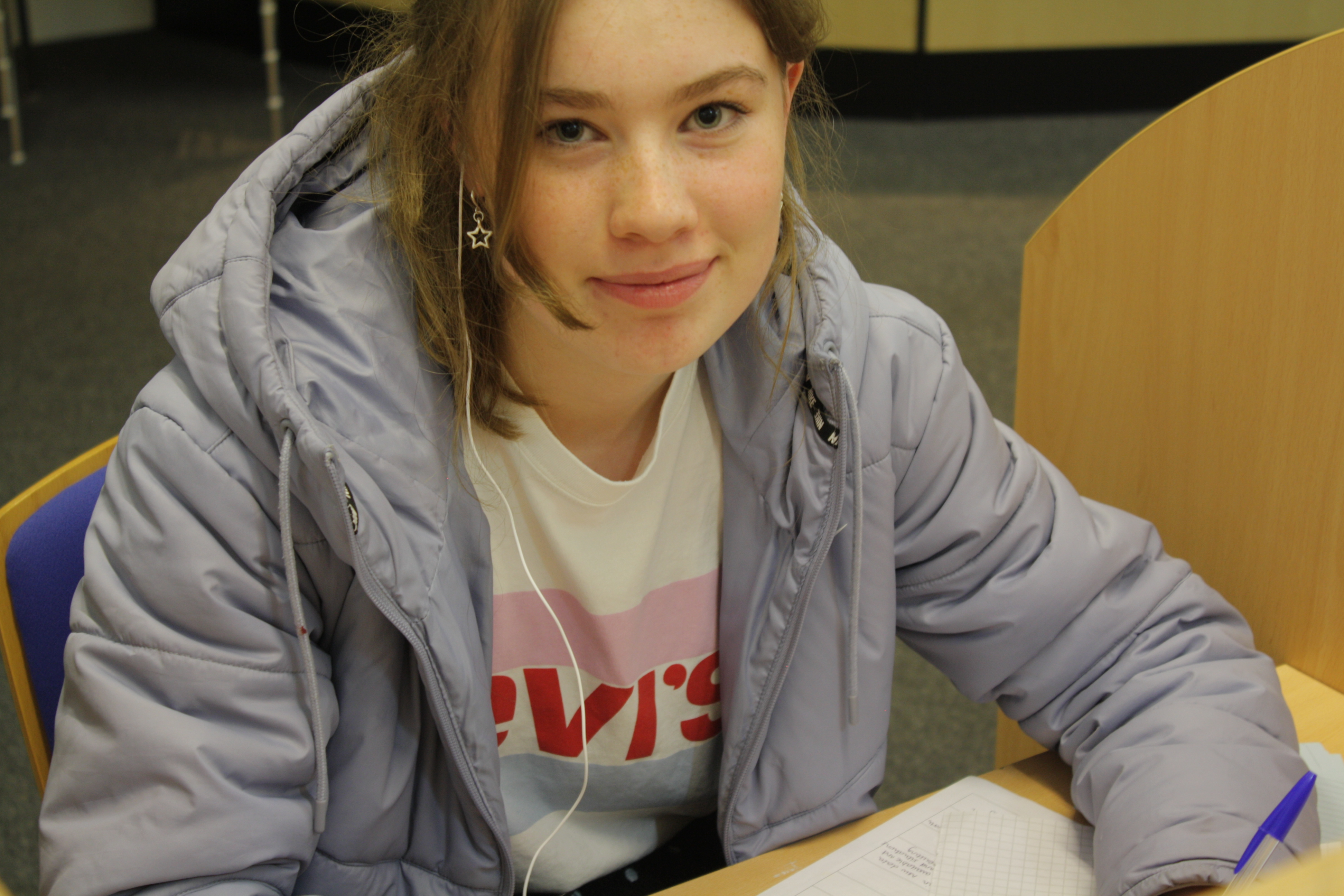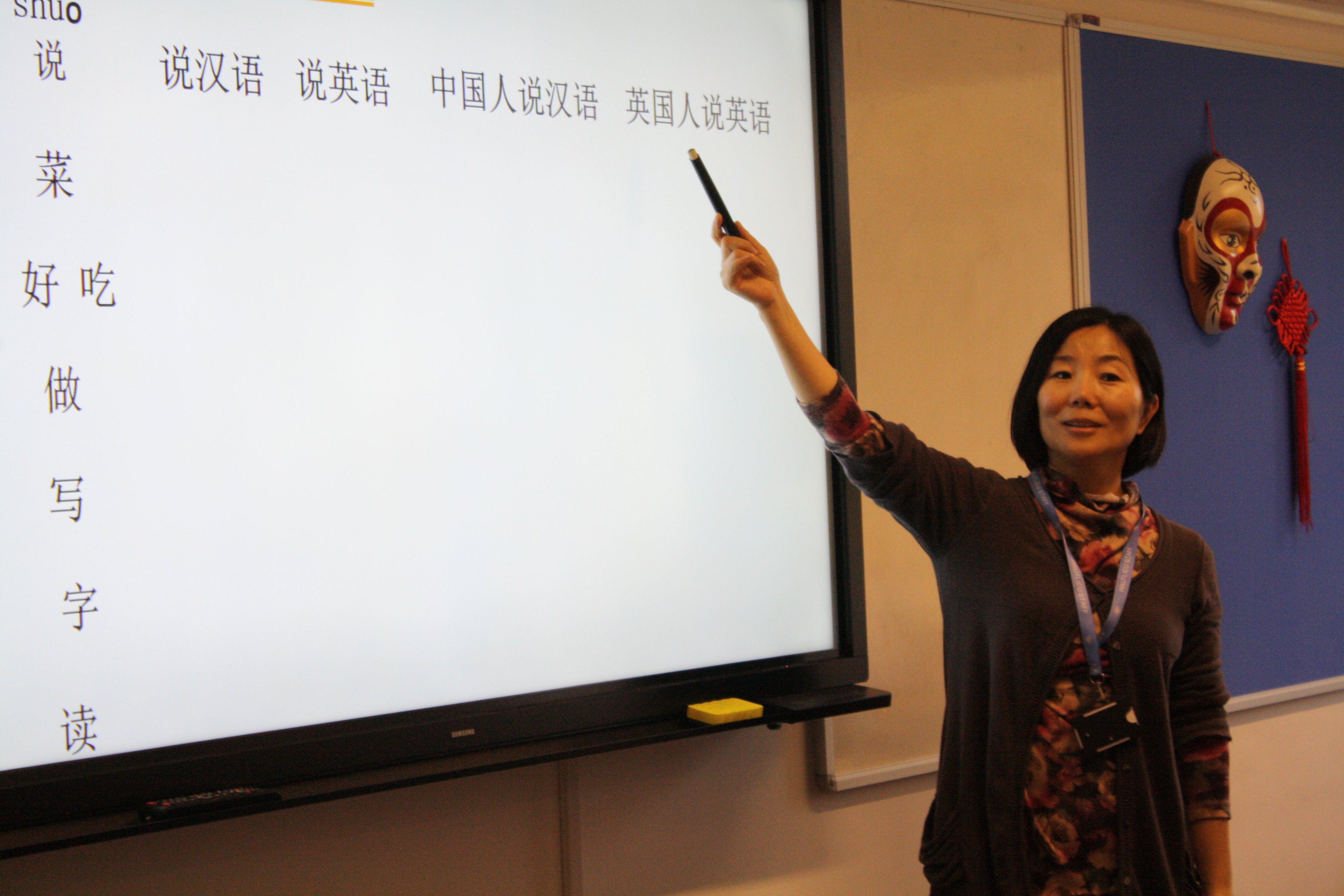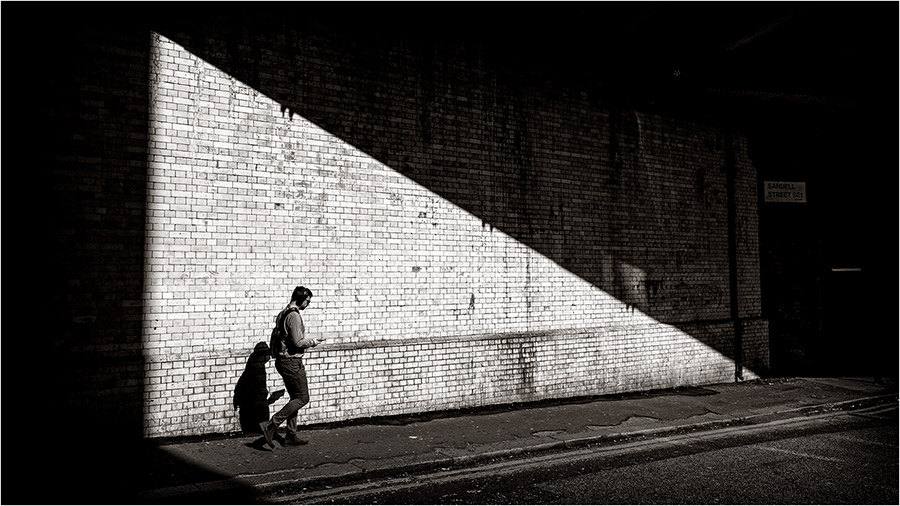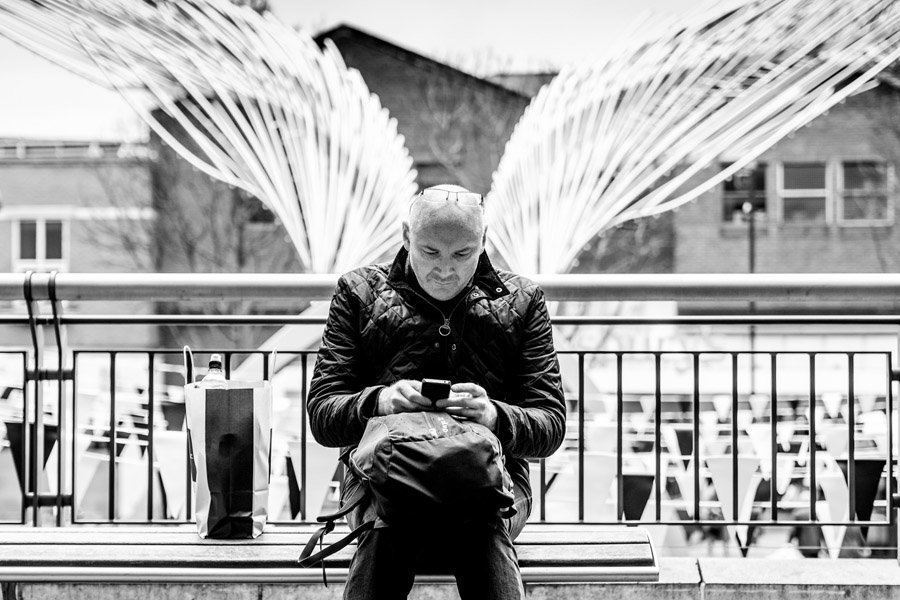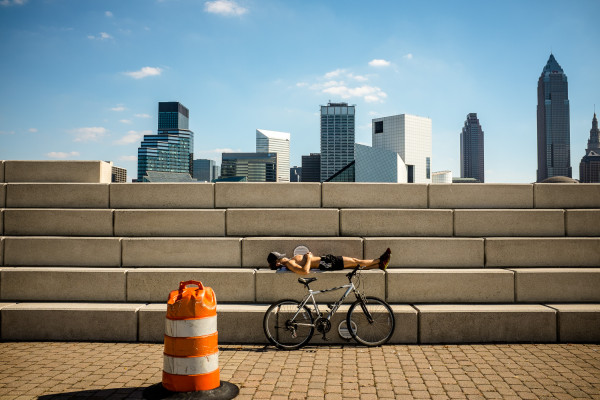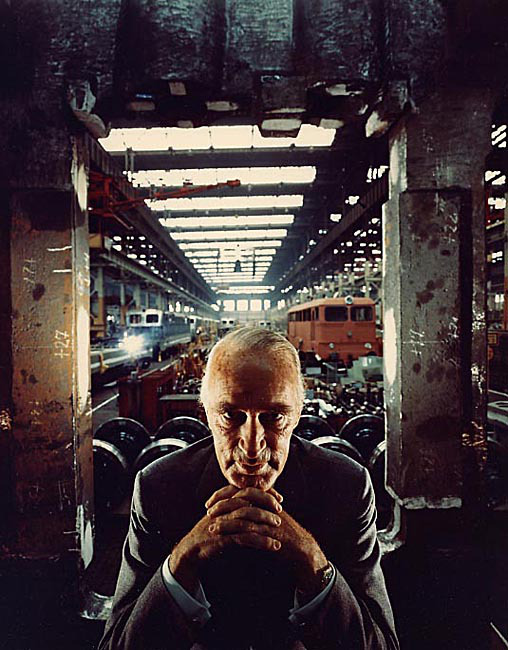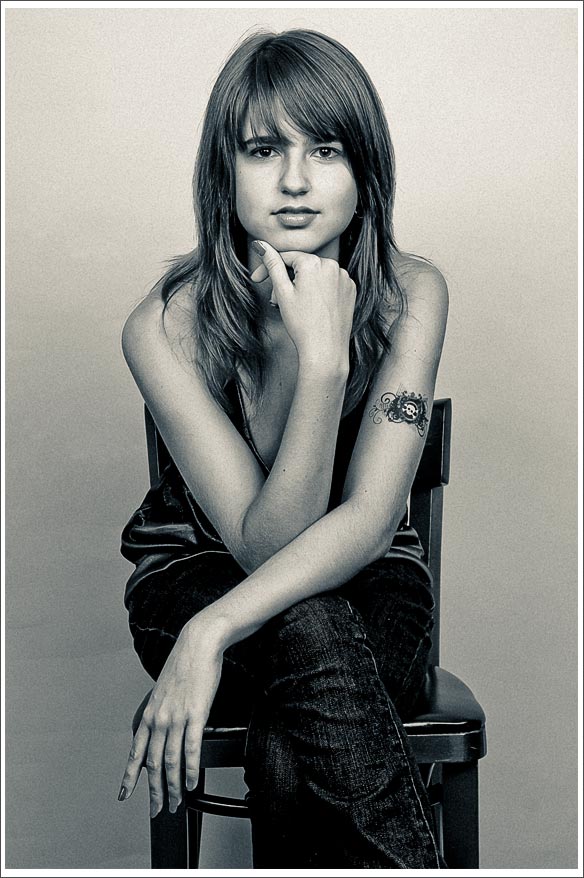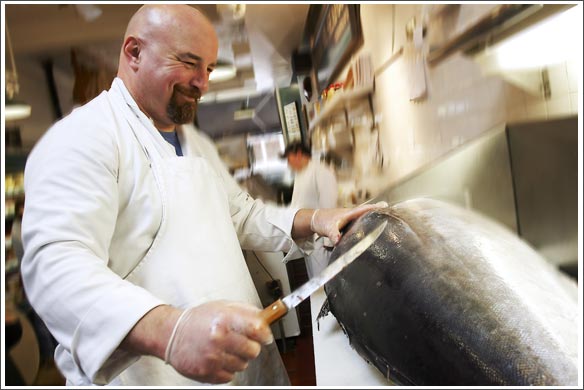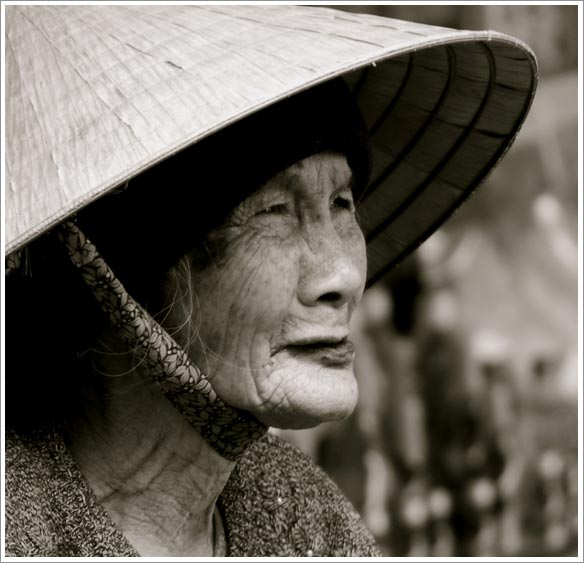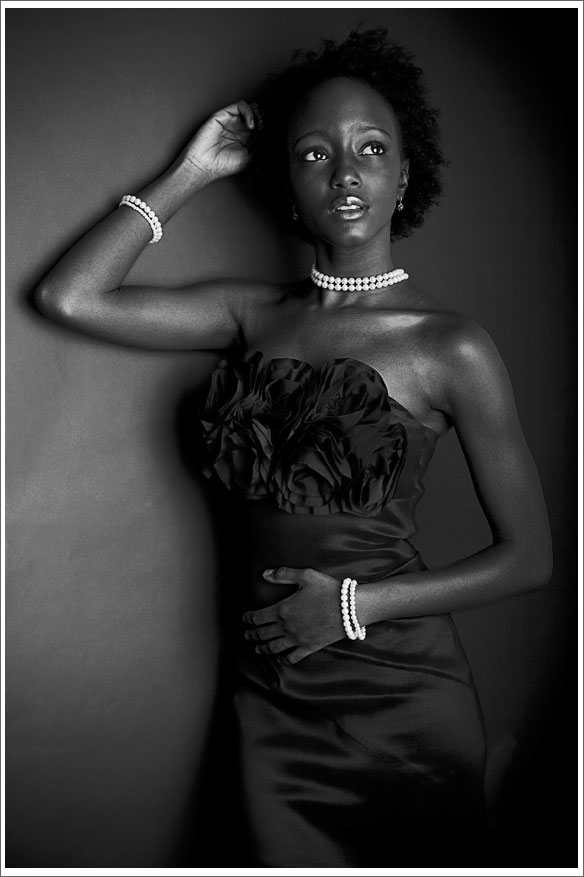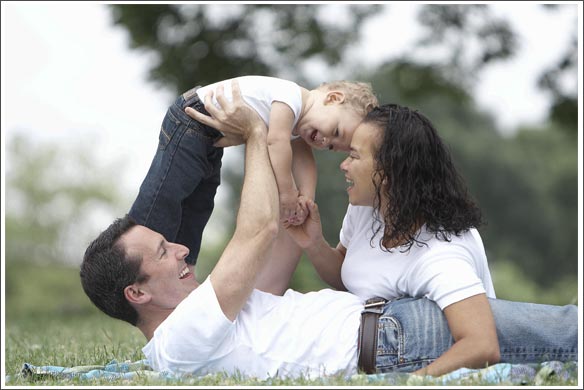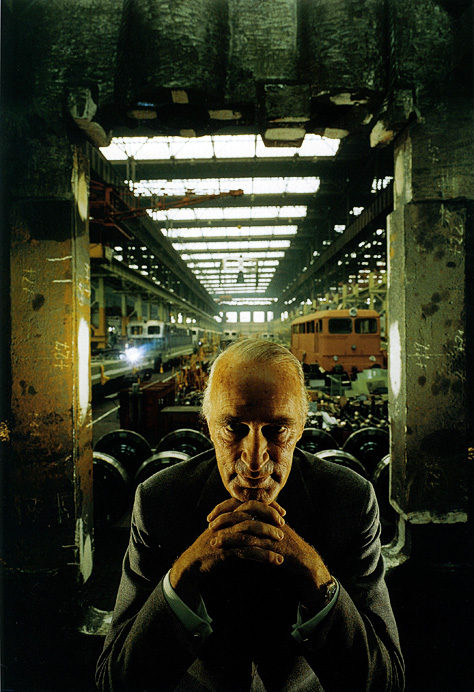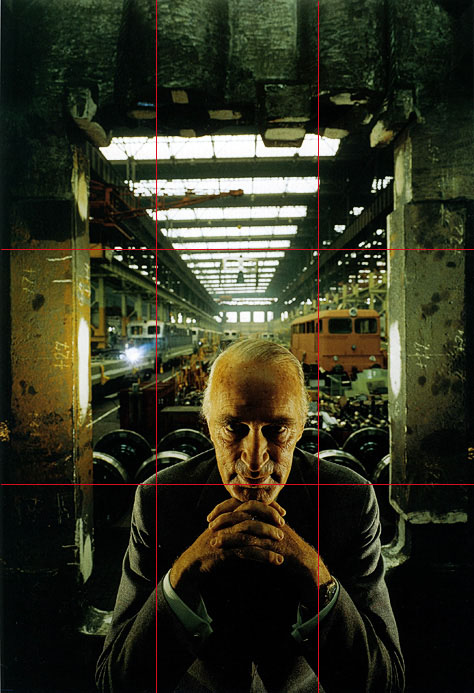Town Environmental Portraits
Action Plan:
When: Saturday Where: Town, specifically the market Who: The workers of the shops/stalls How: Using a Cannon camera with a 25-55mm portrait lens Why: To capture the variety of different cultures, ages and people in their working environment.
The Photoshoot:

I didn't have a lot of time to take the photos however I did manage to capture a few.
The Selected Images to Manipulate:
I chose these 4 images because I feel it captures the different characters of the different workers. My favourite is the first one featuring the jewellry shop worker. In real life he was quite a moody character and I believe I caught that on camera. I also like the depth of field within the image. Unfortunately the lighting in quite a few of the photos weren't very good and were very harsh, however that was an environmental factor I couldn't control because I had the use the natural light of the workplace. Also, the image of the women in the bakery had a white balance that was too warm.
The Manipulated Images:
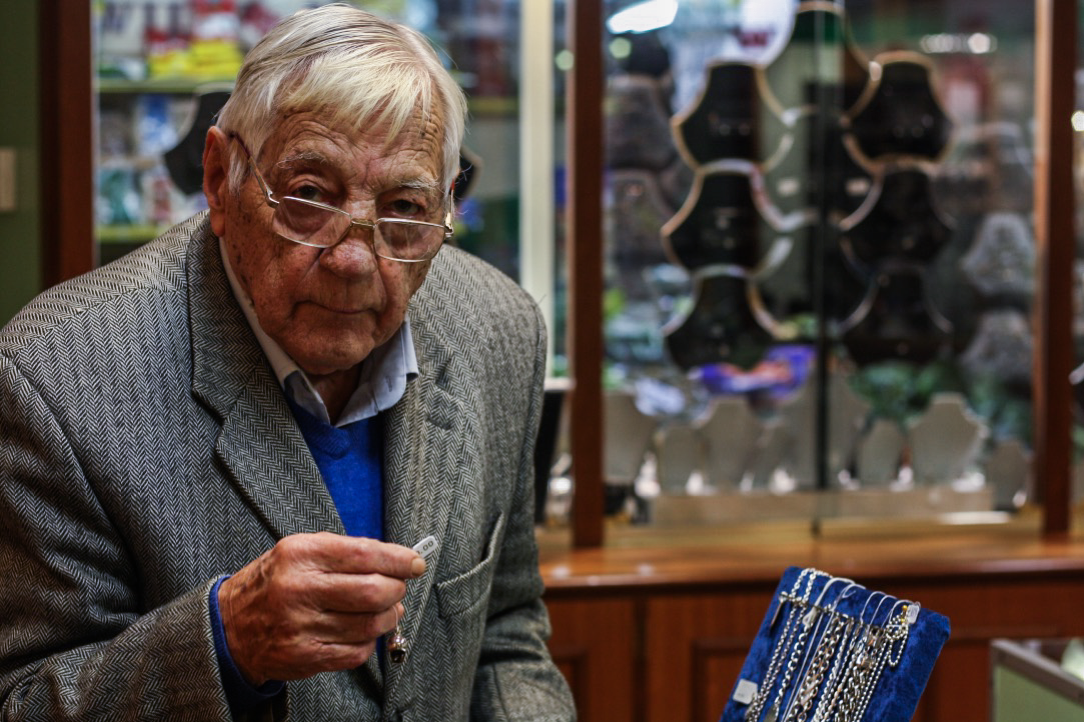

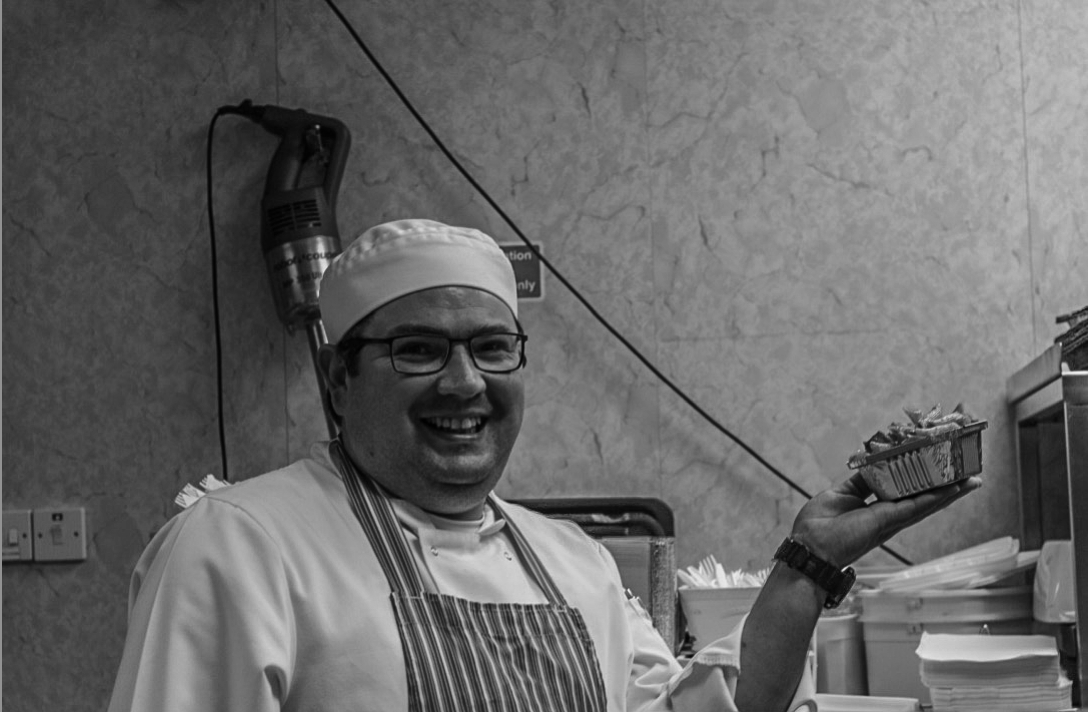
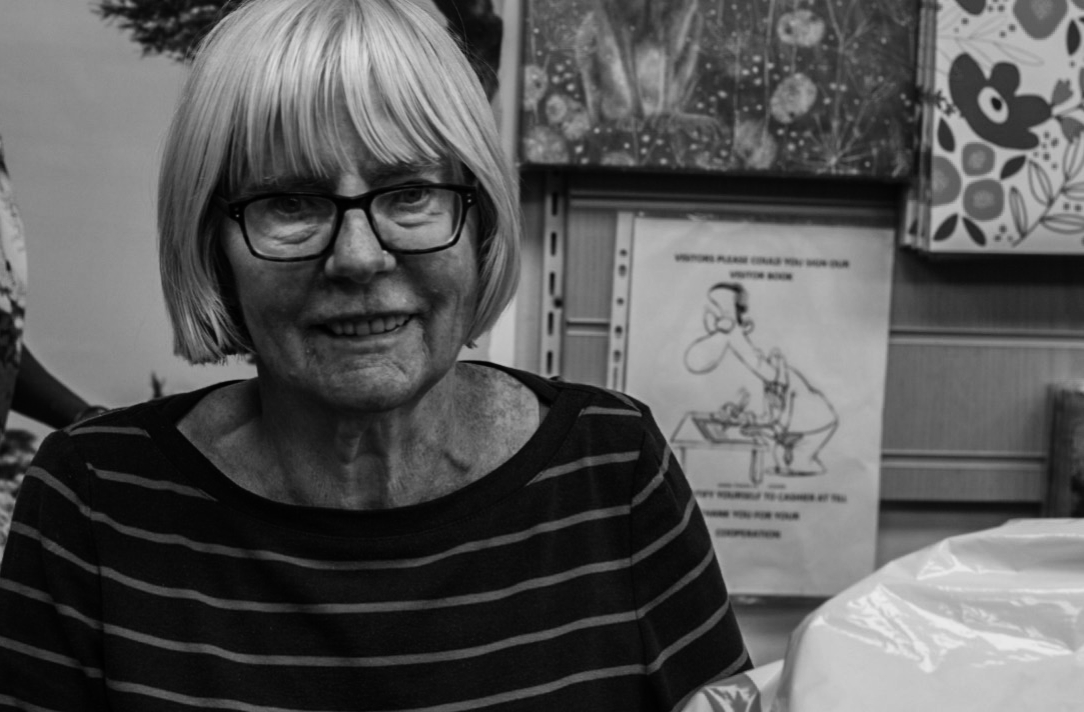
In the second image of the bakery, I had to ammend the warm white balance by applying a cool coloured overlay effect on lightroom to even it out and neutralise it. For the jewellry worker I adjusted the clarity, contrast and exposure. For both the 3rd and 4th image I applied a black and white preset, then I adjusted theexposure, contrast, clarity and noise of the photo. I also slightly cropped the 3rd photo to remove the counter in the bottom left corner.
School Environmental Portraits
Action Plan:
When: During school timesWhere: At Hautlieu School Who: The teachers, workers and students of the school How: Using a cannon camera with a 25-55mm portrait lens Why: To capture the spirit and different personalities/identities of the different people in the workplace.
The Photoshoot:
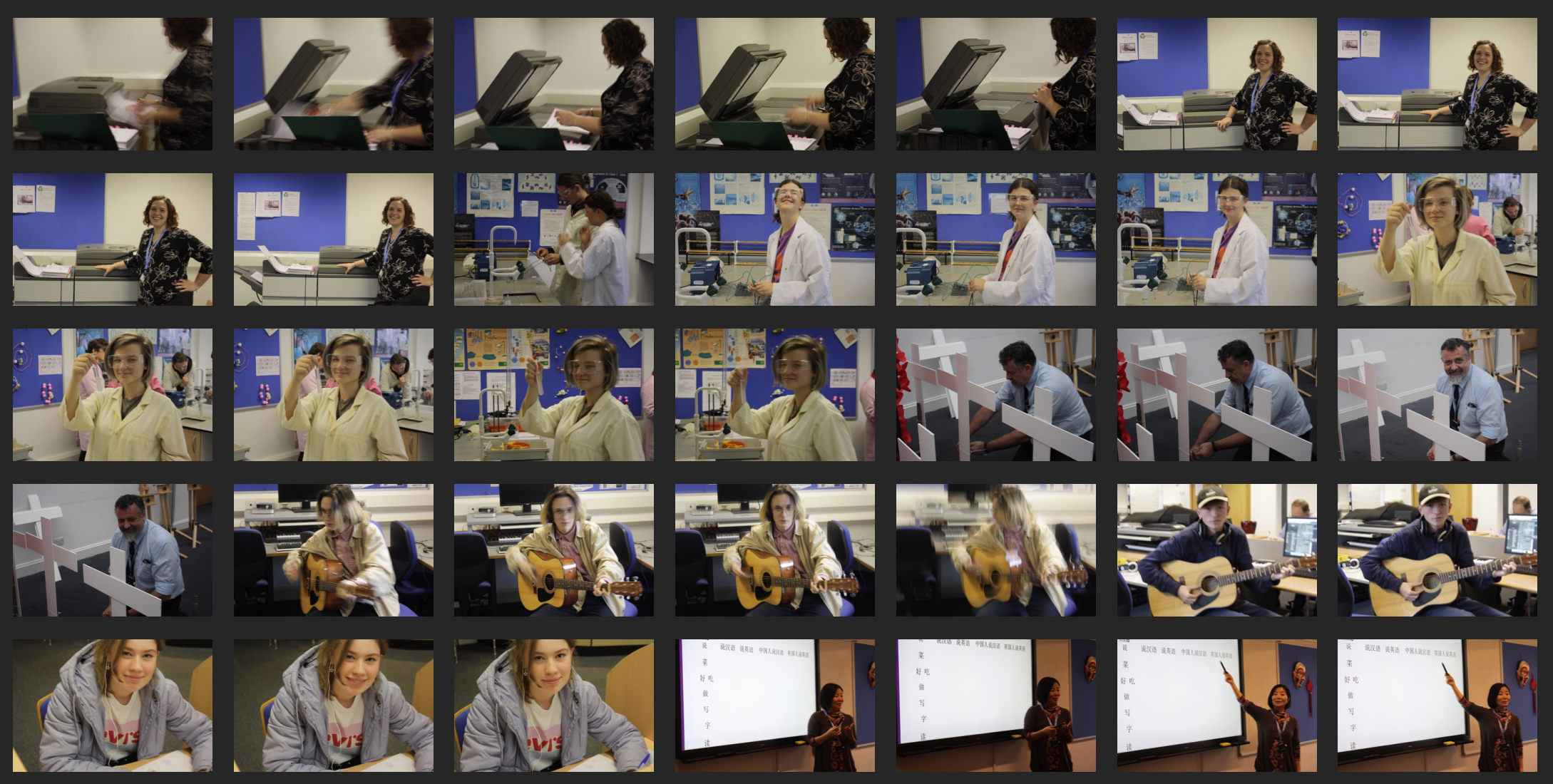

I took a lot of pictures in this shoot, however the shutterspeed of the camera was acting up, so unfortunately as a result many of the images are blurry.
The Selected Images for Manipulation:
I like how some of the images turned out, such as the maintainance man, the science student, and the two female teachers. However I don't like the image of the boy with the guitar because it is blurry. However I wanted to try to ammend during manipulation. Also, I am slightly bugged by the image of the mandarin teacher because the white balance is too warm.
The Manipulation:
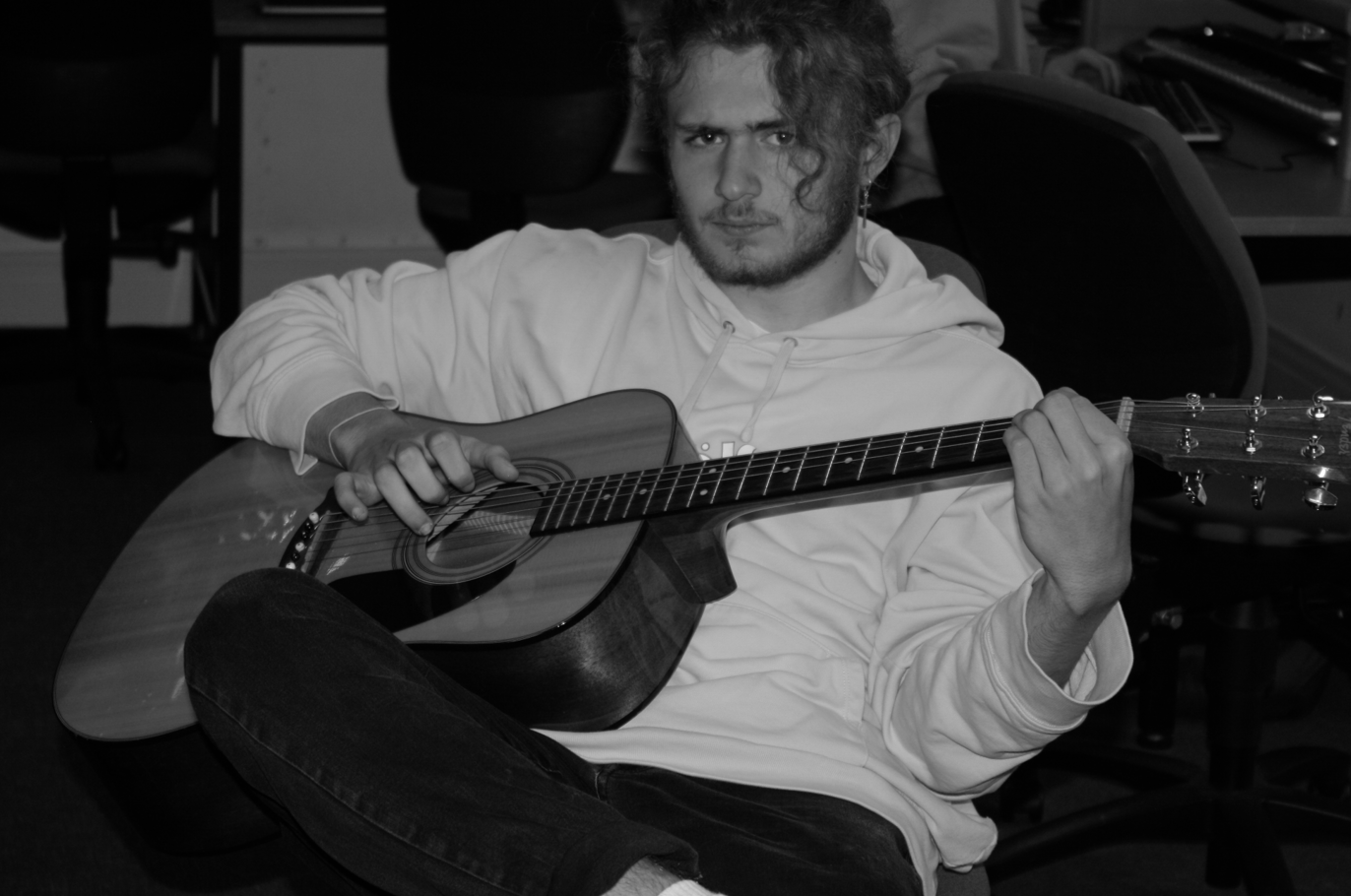
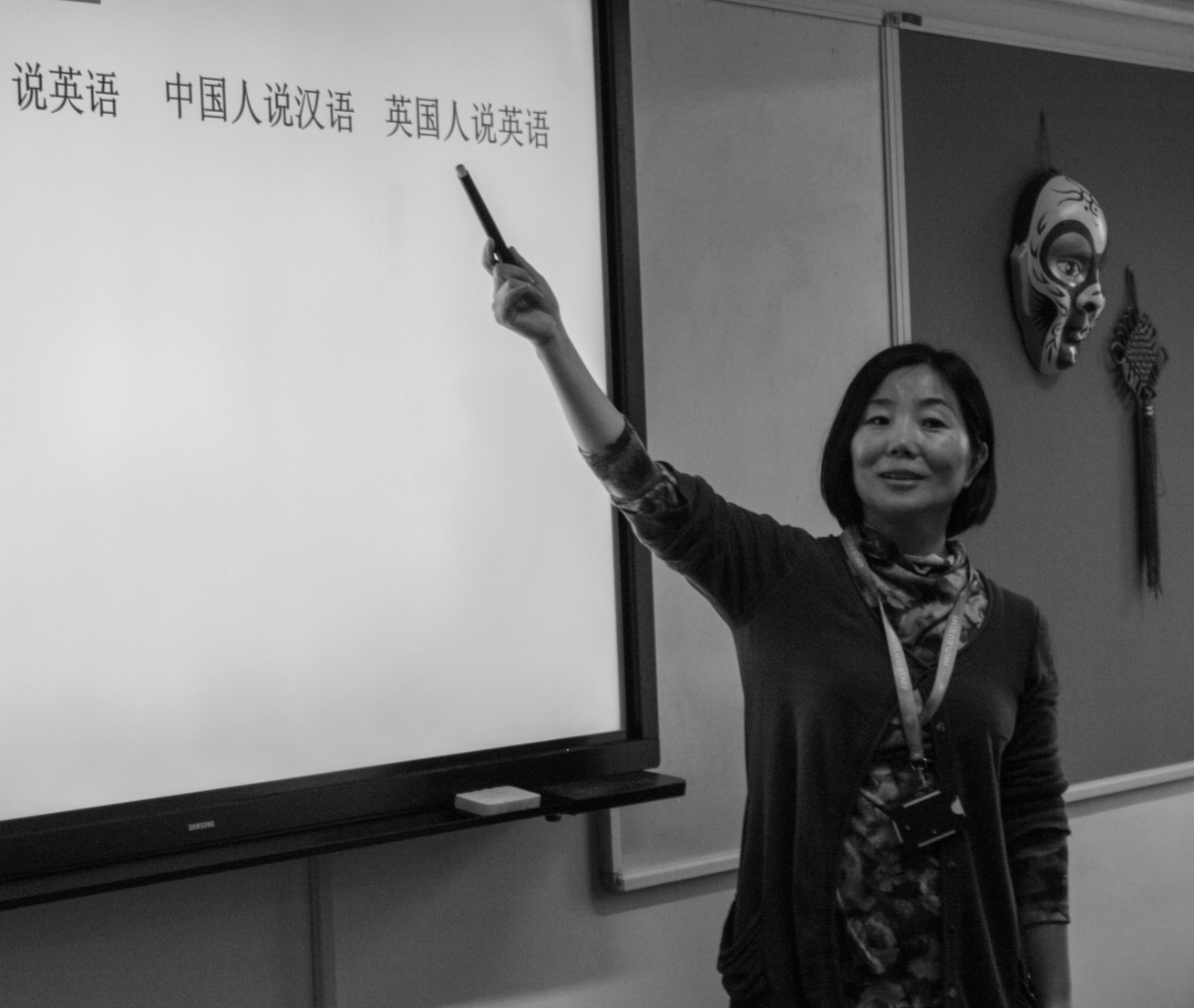
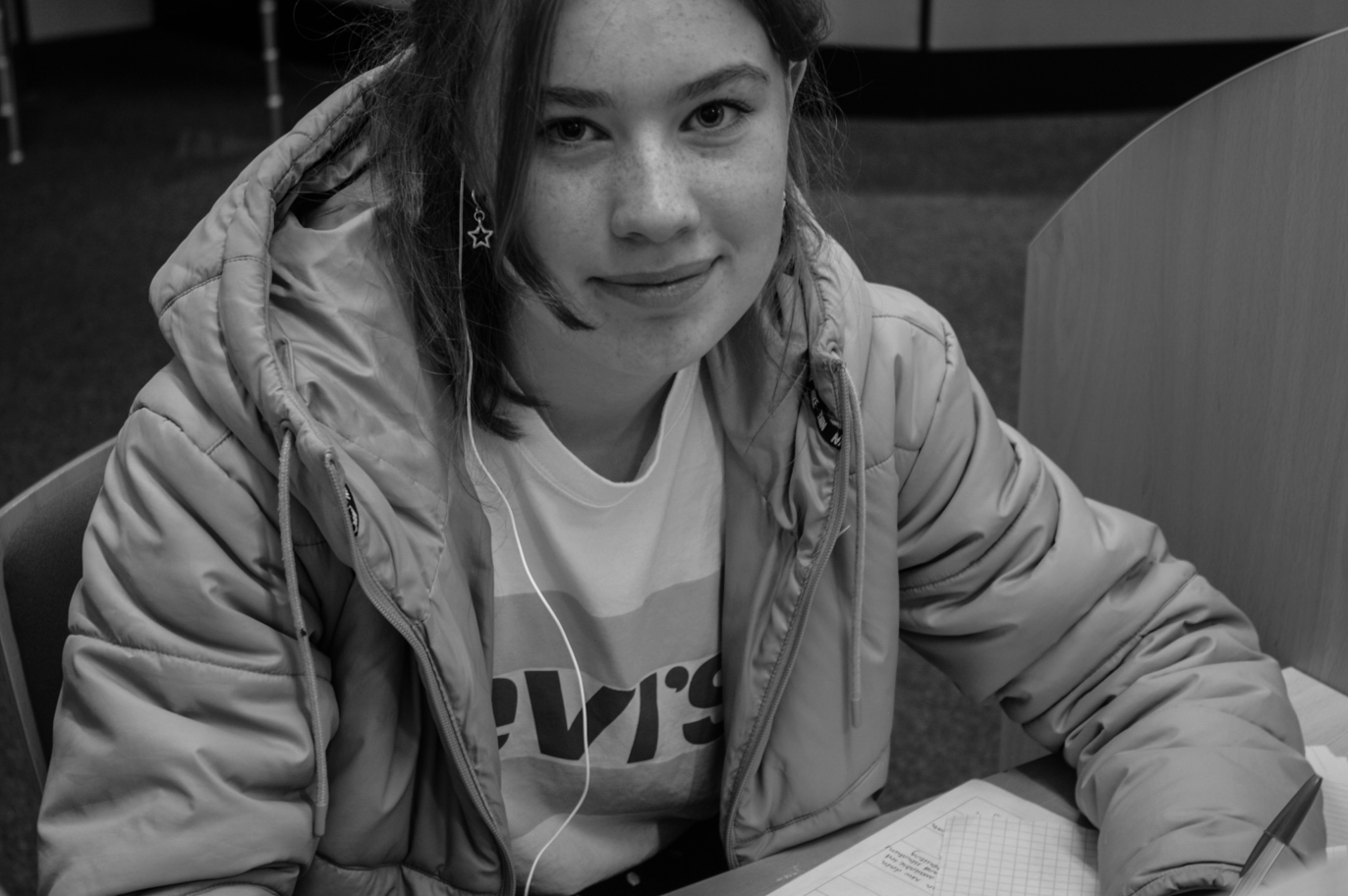
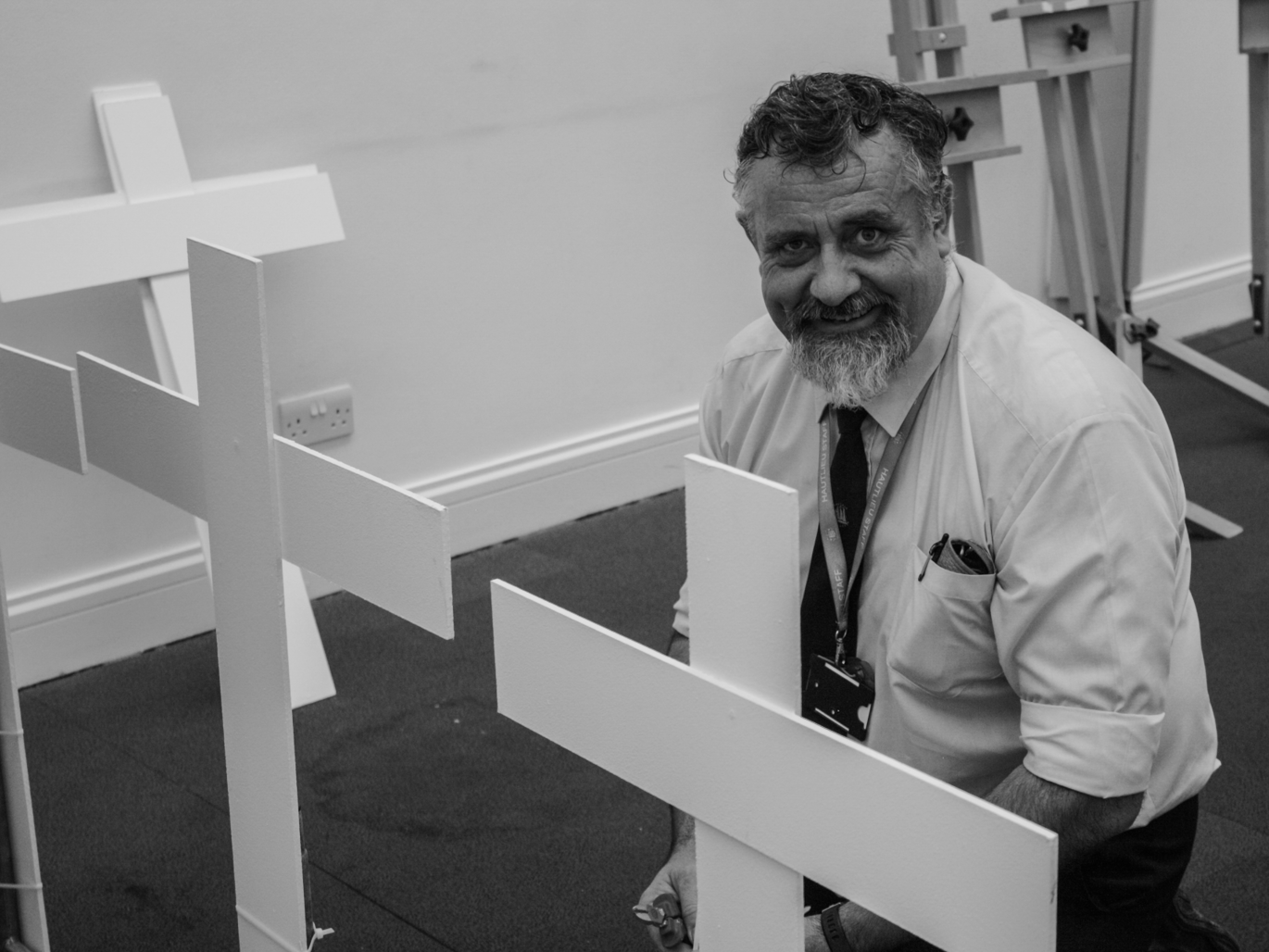
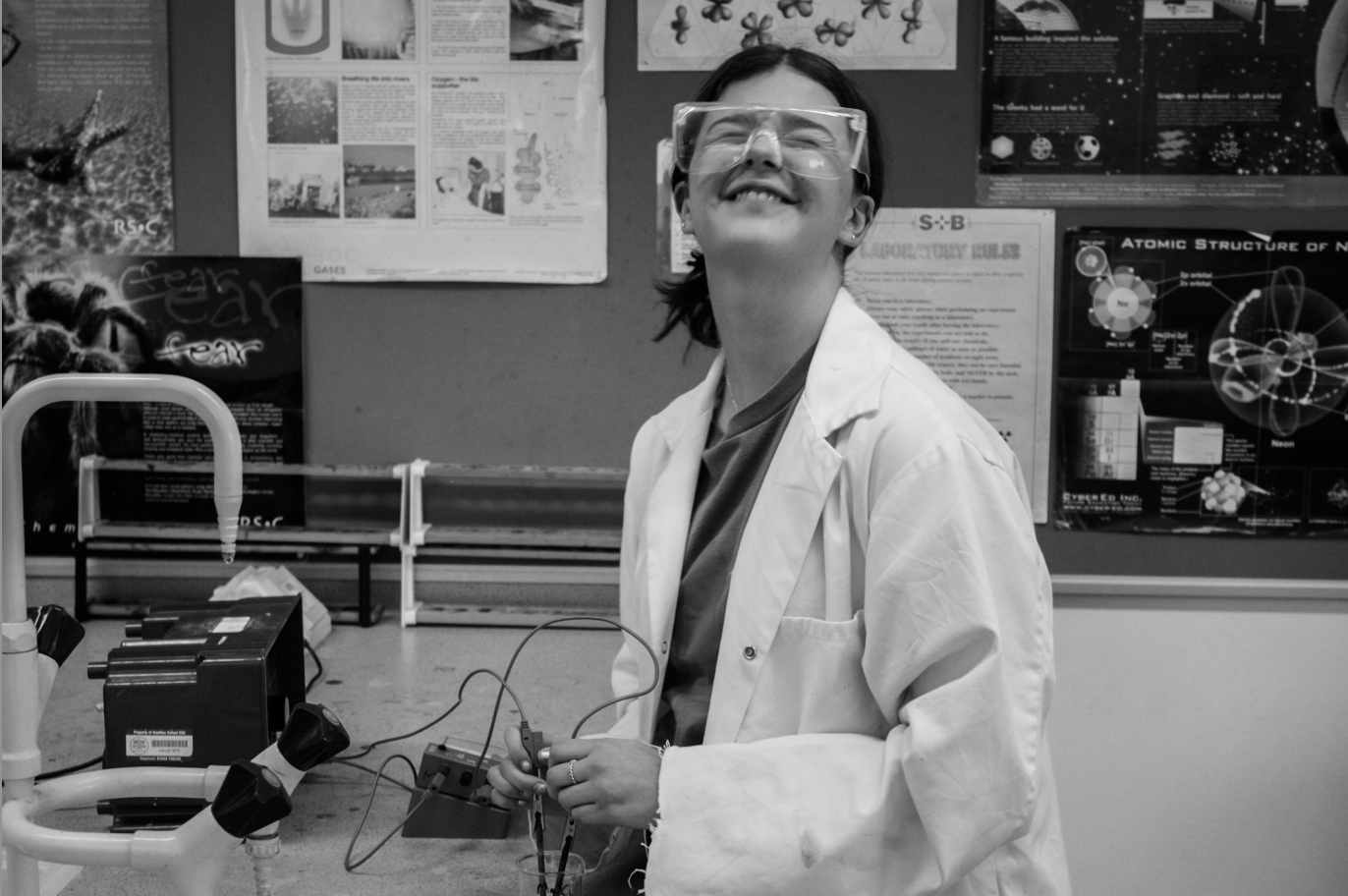
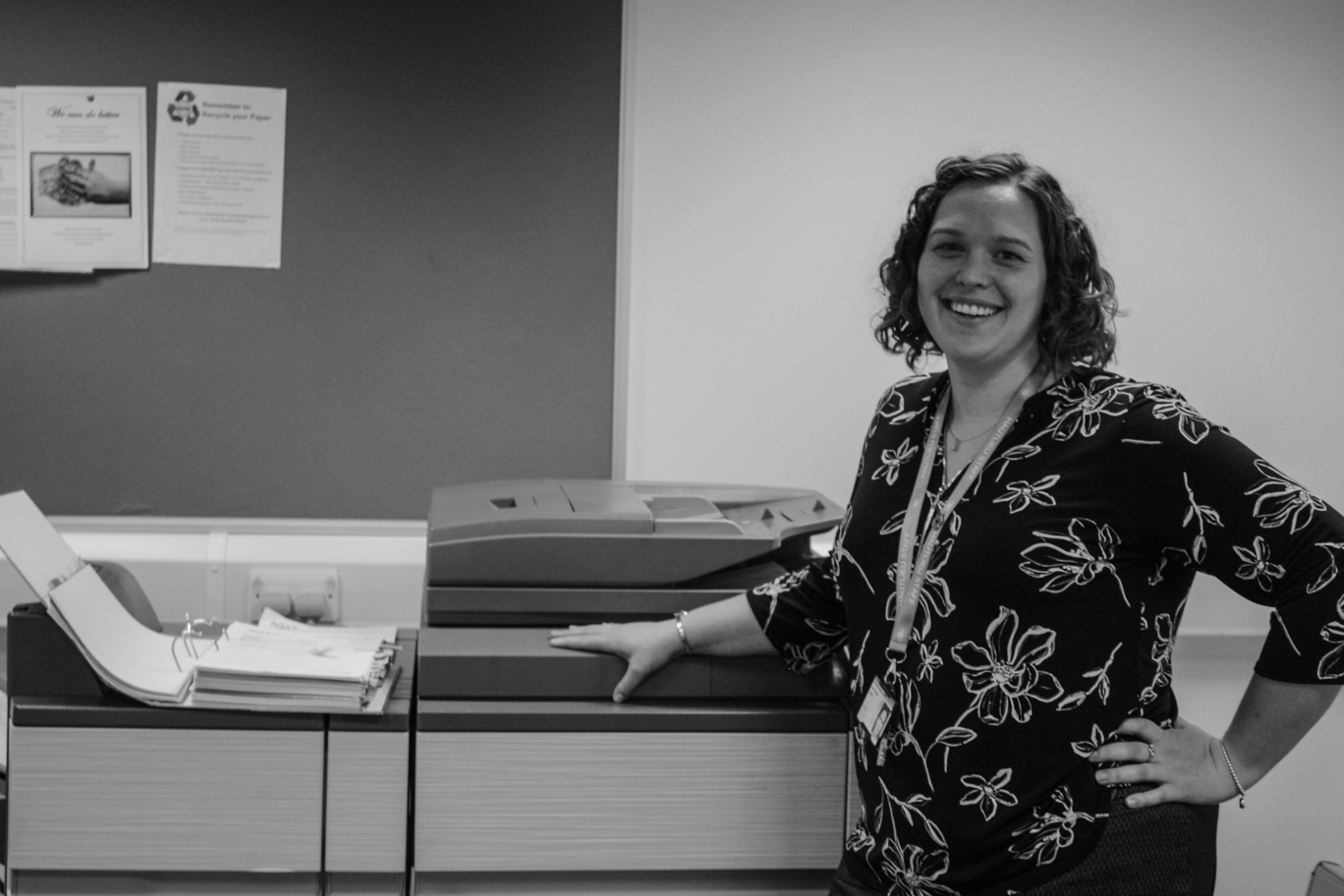
For all of the images I applied a black and white preset on adobe lightroom because I feel it drew more focus onto the actual people in the images. I then cropped and adjusted the contrast, clarity, exposure, lights and shadows of the images until I got a result I wanted. My favourite image is of the maintainance man because I feel i captured both his personality and the aptmosphere of the photo which was very friendly.
Reflection on Both Photoshoots:
There are some images I like out of the shoots, however there is a lot to be learned. I need to figure out white balance a lot more, and the focus of the camera. I need to continue practicing until I nail getting the perfect focus on my images. I also need to take a lot more photos of a vast variety of people to be able to create a vast contrast on the amount of different people.

